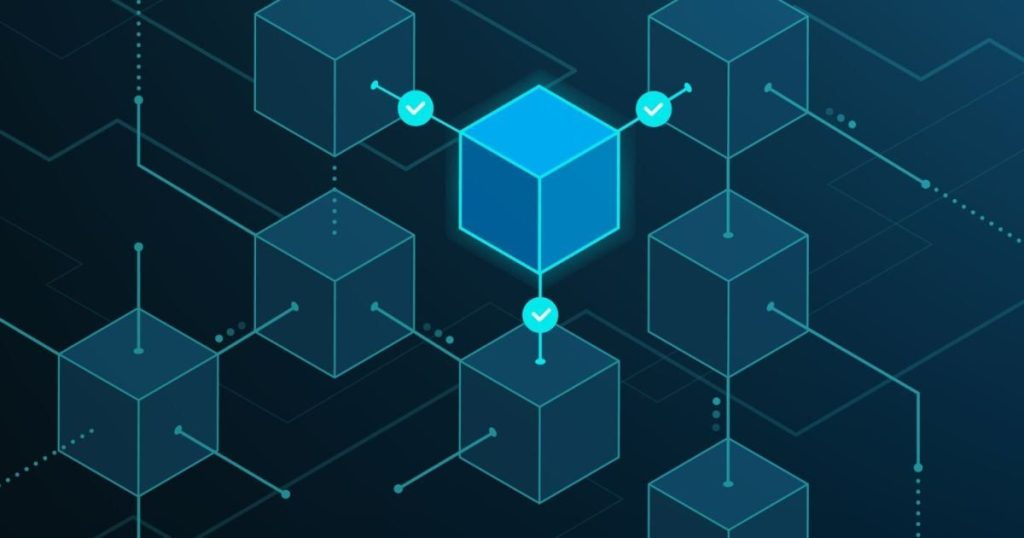Blockchain is a decentralized and distributed digital ledger. In it, transactions are recorded sequentially. Each new transaction is grouped in a block and added to a chain of existing blocks, hence the name “blockchain.” These blocks are linked together cryptographically, forming an immutable record of transactions.

Instead of being held by a central authority like a bank or a government, this ledger is duplicated across a network of computers, or nodes. Here comes blockchain decentralization used in the best crypto payment gateway solutions. But why is there so much talk about decentralization?
What is Blockchain Decentralization?
Blockchain decentralization presupposes the distribution of power, control, and decision-making across a network of participants. Examples of decentralized blockchain networks: Bitcoin (BTC), Ethereum (ETH), Binance Smart Chain (BSC), Polkadot (DOT), Filecoin (FIL), Cardano (ADA), and so on.
Decentralization is a fundamental principle of blockchain technology. It manifests in several elements:
- Decentralized Network Architecture: no central server or authority regulates the system. Instead, the network consists of multiple nodes (computers or servers). Each node maintains a copy of the entire blockchain ledger;
- Peer-to-Peer Transactions: participants in the network can interact without intermediaries. Transactions are validated and recorded through a consensus mechanism, not a central authority;
- Distributed Ledger: the ledger with all records is shared and replicated across all nodes in the network. Every participant can get the same information, and any changes to the ledger must be validated by consensus;
- Consensus Mechanisms: Proof of Work (PoW), Proof of Stake (PoS), or other mechanisms help achieve agreement among network participants These consensus mechanisms confirm no single entity can dominate the network and prevent malicious actors from damaging the system;
- Permissionless Participation: anyone can join the network as a participant (node) without authorization.
Centralized vs. Decentralized Systems
Centralized and decentralized systems represent two different approaches to organizing and distributing power, control, and decision-making within a network or organization.
| KEY DIFFERENCES | |
| CENTRALIZED SYSTEM | DECENTRALIZED SYSTEM |
| Single Authority A single authority or entity holds power and control over the network or organization. This authority makes decisions, sets rules, and governs the system | Distributed Authority There is no single central authority governing the entire system. It distributes power, control, and decision-making across multiple nodes or participants within the network |
| Controlled Access The central authority controls access to the system and its resources. Users must go through this authority to participate or access resources within the system | Open Access Open access, which means anyone can participate in the network without requiring permission from a central authority |
| Single Point of Failure If the central authority experiences a technical issue, outage, or breach, the entire system may be compromised | Resilience Since control is distributed among multiple nodes, the failure of any single node does not necessarily disrupt the entire system |
| Higher Efficiency and Speed Centralized systems often prioritize efficiency and speed of operation since decisions can be made quickly and resources allocated centrally | Slower Decision-Making Slower decision-making processes compared to centralized systems, as achieving consensus among multiple participants can take time |
| Less Transparency Since control is concentrated in the hands of a single entity, the inner processes may be less transparent to external parties | More Transparency Decentralized systems often prioritize transparency. This transparency supports trust and accountability within the network |
Why is Decentralization Important?
Resilience and Security. Decentralization raises resilience and security by allocating power and minimizing the risk of single points of failure. Decentralized networks are protected from censorship, manipulation, and attacks because no single regulator handles them. Thus, OTC crypto exchange service providers, blockchain software developers, and other projects can benefit from decentralization by guaranteeing clients secure and stable environments.
Trust and Transparency. Decentralization maintains trust and transparency by giving open access to information and removing intermediaries. In decentralized blockchain networks, transactions are recorded on a transparent and immutable ledger. And anyone can inspect it.
Financial Inclusion. With decentralization, underserved communities excluded by traditional banking systems can access financial services. Decentralized cryptocurrencies and OTC trading desks can empower individuals and enterprises to participate in global financial markets without relying on banking infrastructure.
Privacy and Control. Decentralization grants users greater control over their financial assets and data. Users keep their private keys, which supports secure transactions without relying on third parties.
Benefits of Decentralized Blockchain
Apart from the discussed benefits—security, transparency, inclusivity, and privacy—there are even more advantages of decentralized blockchain technology:
- Immutability: Once data is recorded on a decentralized blockchain, it becomes immutable. No one can alter or delete it without broad consensus among network participants;
- Censorship Resistance: Since no central authority oversees the decentralized network, transactions cannot be easily censored or restricted;
- Cost Efficiency: Peer-to-peer transactions without a middleman lower transaction fees and operational costs for various applications.
Challenges of Decentralized Blockchain
While advantageous at large, decentralized blockchains also face several limitations:
- Scalability: as the number of transactions increases, the network may struggle to process them efficiently, resulting in congestion and slower transaction times. Improving scalability without sacrificing decentralization is a significant technical hurdle;
- Energy Consumption: Decentralized blockchains that use Proof of Work (PoW) consensus mechanisms, require substantial energy consumption to validate transactions and protect the network;
- Interoperability: Interoperability, or the ability of different blockchain networks to communicate and share data seamlessly, is still in the early stages of development. With it, we could realize the full potential of decentralized applications (DApps) and enable cross-chain transactions;
- Regulatory Uncertainty: Compliance issues pose challenges for decentralized blockchain projects, particularly in the financial and healthcare sectors, where strict regulations govern data privacy and financial transactions;
- User Experience (UX): The UX of decentralized applications often lags behind centralized ones. Complex wallet management, transaction fees, and lengthy confirmation times can deter mainstream users from using decentralized apps.
- Governance: Achieving consensus among diverse stakeholders and addressing conflicts of interest can be complex, especially in large decentralized communities.
Is Decentralized Blockchain Worth It?
With numerous advantages, decentralized networks can revolutionize industries, from finance and healthcare to supply chain management and voting systems. The drawbacks are nevertheless present and require significant resources and expertise.
Whether decentralized networks are worth using depends on the specific use case, client needs, and the trade-offs involved. In some scenarios, the benefits of decentralization outweigh the challenges. In others, centralized systems may be more suitable. Carefully evaluate all pros and cons and choose wisely.
| Disclaimer: The text above is an advertorial article that is not part of Coincu.com editorial content. |
















